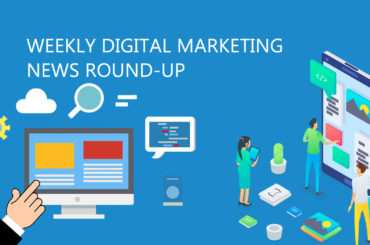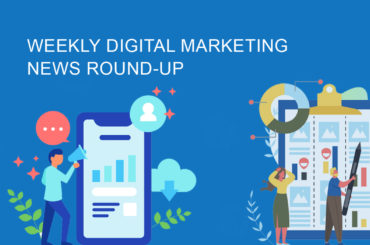Here is a roundup of SES Chicago Conference Day One:
Introduction to Search Marketing :
Danny Sullivan in this session provided an insight on search marketing basics. He explained the various ways to be listed on a search engine. He also showed Google free as well as paid listings. Danny explained how number one will not always be number one as the results are pushed down with vertical results like news, local etc.
Danny further talked about human edited directories that help crawlers. He explained how to submit directory, title, description and how to go to the category you wish to be listed in. The valuable tips, he gave include the following: You must not depend on free listings so make sure that paid and free listings are balanced. For PR, list top ten phrases that are at least two words long for your site. He also talked about how the success of ad depends on description of ad, landing page and quality of search network.
Video Search Optimization:
The session was moderated by Chris Sherman. It included Eric Papczun from Performics, Intuit’s Jon Leicht and Gregory Markel from Infuse Creative. The session basically focused on the SEO fundamentals. The concepts of search engine optimization apply for video search optimization as well.
Some of the important things that are often overlooked include titles, descriptions and anchor texts. Eric advised to a video sitemap page must be added to a website like a text sitemap. It is advisable to place a footnote with keyword rich text and use anchor text in video links. Using PPC to drive awareness to current stories is a good idea. Gregory Markel explained how video search helped one of their clients get more traffic than PPC campaign. Video search traffic is free and can be easily controlled for certain groups of phrases.
Ads in a Quality Score World:
Reprise Media’s Josh Stylman was one of the featured panelists in the session. The speakers discussed the history and functioning of Quality Score to decipher the black box of its ranking system. The panelists said, “the introduction of quality-based ratings into paid search has reduced the transparency of ad rank and minimum bid price, putting the M back in SEM”. According to the panelists, paid and organic search techniques will overlap with improvement in Quality Score.
The session was moderated by Danny Sullivan who expressed, “It used to be so easy with the ads…pay the most money and you get the most clicks. Now it’s like there are black boxes everywhere, controlling things. How do you succeed? We will be defining success.â€
Podcast Search:
The session was moderated by Chris Sherman, who believed Podcasting has caught fire over the least year. There are a plenty of services that aim at getting Podcasts. Using meta data is not enough. Pinpoint audio allows user to listen to a snippet that is ten seconds long. The snippet includes a specific keyword. This technology can help advertisers place ads in the best section of the podcast. If entering this field, you must start by listening and surveying how others are carrying on. It is important to experiment and evaluate. Blogging by phone could be a god way to start. Always use a separate landing page for audio content.
Search Engine Friendly Design :
e session was hosted by Detlev Johnson of Search Return. The speaker Shari Thurow, discussed the basics of search engine design and optimization. The session was quite helpful for businesses entering the search engine marketing and those willing to redesign a site and enter SEO market. A search engine friendly design includes elements of search engine optimization and incorporates them into the design process. Shari reviewed the types of web pages that rank well and those which do not. A site which is not designed specifically for SEO and does not include doorway pages are not SEO friendly.
A site design is important for primary audience that is end users as well as secondary audience, the search engines. The way words, graphics and media files are arranged on a web page have major influence on search rankings. The basic rules of web design are it should be: easy to read, navigate, find; Consistent in layout & design and Quick to download.
Search Advertising 101:
The session was moderated by Andrew Goodman. It started with an introduction to general terms including difference between SEM and PPC. The PPC buys are on search engines, networks as well as sites. PPC would eventually be placed into either contextual or content networks. Matt Van Wagner explained there is no such thing as perfect campaign. Spending more time to create a good process is the key to build up a sustainable advantage. Using system level thinking, tracking performance and making adjustments is vital. PPC campaigns can be structured to perform better. While measuring a data it is essential to measure the actions along with CTR or CPC. Variety of measurement tools can be found, though third party independent analysis are highly recommended. The number of phone calls a business gets should also be noted. Use of hybrid mix of conversion tools and other methods of measuring offline conversions is considered the best strategy. Last but not the least it is extremely important to understand your market.




